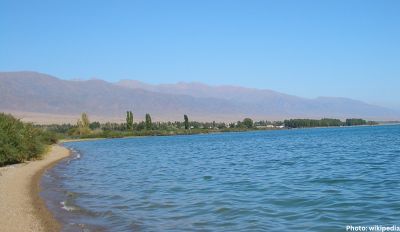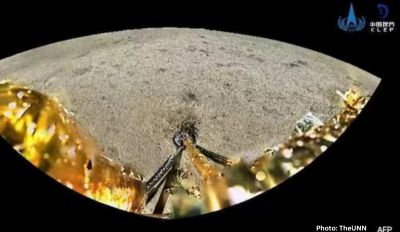A microscopic multi-celled organism has returned to life after being frozen for 24,000 years in Siberia, according to new research. Scientists dug up the animal known as a bdelloid rotifer from the Alayeza River in the Russian Arctic.
Once thawed, it was able to reproduce asexually, after spending millennia in a state of frozen animation known as crytobiosis. Previous research said they could survive frozen for up to 10 years.
But the new study, published in Current Biology on Monday, suggested they could last for thousands of years, if not indefinitely. “The takeaway is that a multicellular organism can be frozen and stored as such for thousands of years and then return back to life – a dream of many fiction writers,” StasMalavin, of Russia’s Institute of Physicochemical and Biological Problems in Soil Science, told the Press Association.He said more research was needed to see how it achieved the feat. The scientists in the study froze and thawed dozens of the animals in a laboratory to examine the process. Radiocarbon dating aged the bdelloid rotifer specimen at between 23,960 and 24,485 years old.Bdelloid rotifers are a class of rotifer found in freshwater environments around the world. The name rotifer comes from the Latin meaning “wheel bearer”.
The creatures are known for their ability to withstand extremes. They are one of the Earth’s most radioactive-resistant animals, according to the New York Times, which reports they can also withstand low oxygen, starvation, high acidity and years of dehydration.There are reports of other multi-celled organisms coming back to life after thousands of years, including a nematode worm, as well as some plants and mosses.
Stems of Antarctic moss were successfully regrown from a 1,000-year-old sample that had been covered by ice for about 400 years, and a living campion flower was regenerated from seed tissue, likely stored by an Arctic squirrel, that had been preserved in 32,000-year-old permafrost. Simple worms, called nematodes, were revived from the permafrost from two places in northeastern Siberia, in sediments that were more than 30,000 years old.Long-dead but well-preserved mammals, including extinct cave bears and mammoths, have also been unearthed from the permafrost, which is thawing in some places as aresult of the climate crisis.











